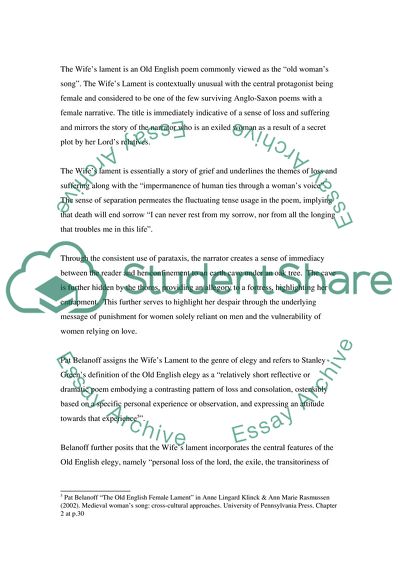Cite this document
(Loss and Suffering in Anglo-Saxon Literature Research Paper, n.d.)
Loss and Suffering in Anglo-Saxon Literature Research Paper. Retrieved from https://studentshare.org/literature/1724335-loss-and-suffering-in-anglo-saxon-literature
Loss and Suffering in Anglo-Saxon Literature Research Paper. Retrieved from https://studentshare.org/literature/1724335-loss-and-suffering-in-anglo-saxon-literature
(Loss and Suffering in Anglo-Saxon Literature Research Paper)
Loss and Suffering in Anglo-Saxon Literature Research Paper. https://studentshare.org/literature/1724335-loss-and-suffering-in-anglo-saxon-literature.
Loss and Suffering in Anglo-Saxon Literature Research Paper. https://studentshare.org/literature/1724335-loss-and-suffering-in-anglo-saxon-literature.
“Loss and Suffering in Anglo-Saxon Literature Research Paper”, n.d. https://studentshare.org/literature/1724335-loss-and-suffering-in-anglo-saxon-literature.


